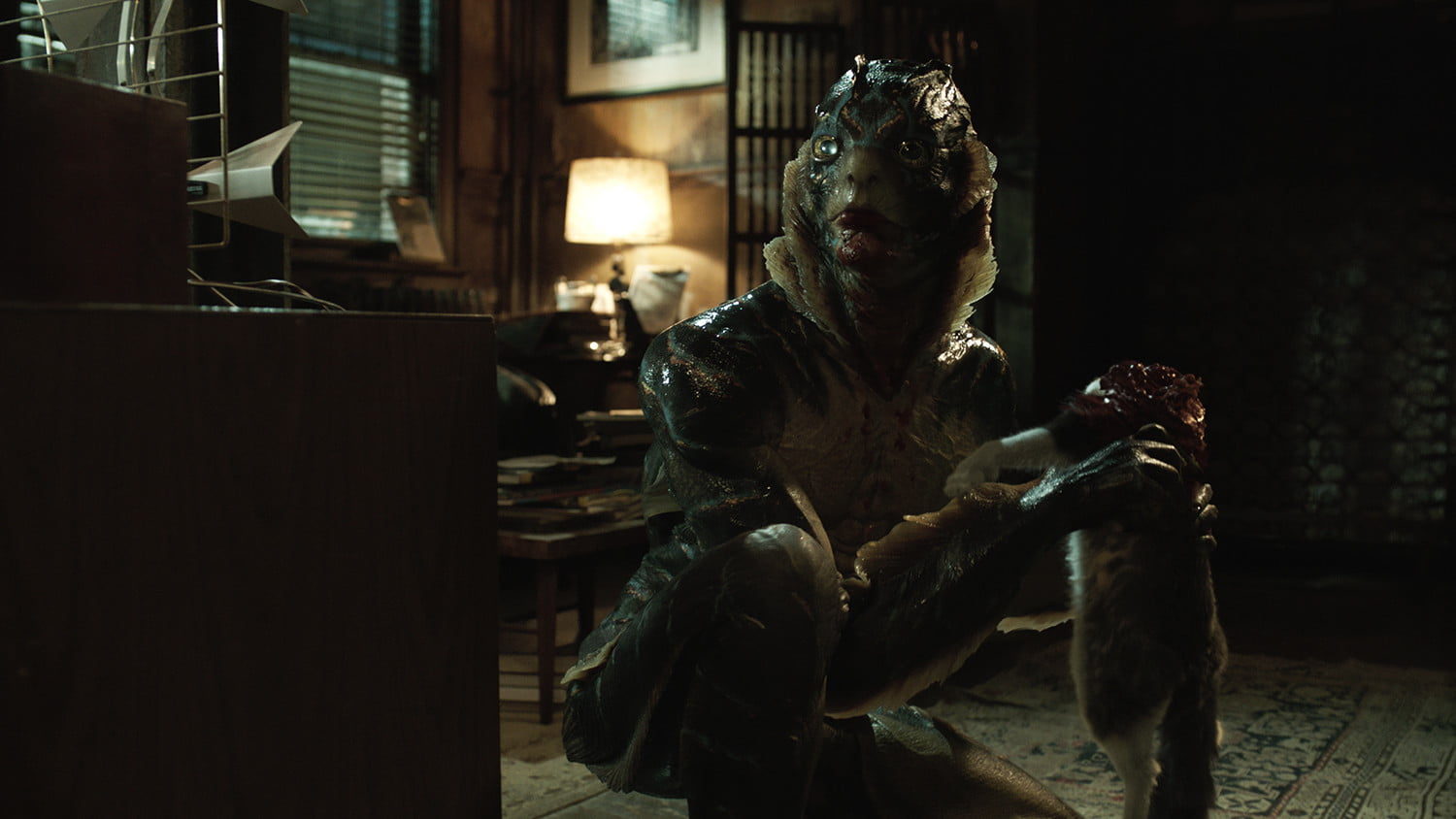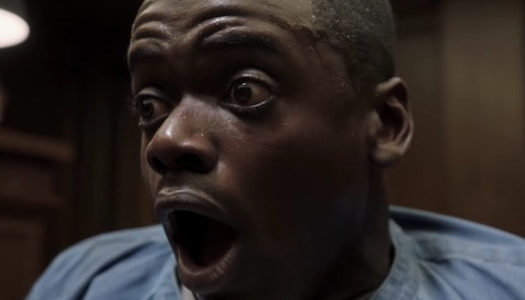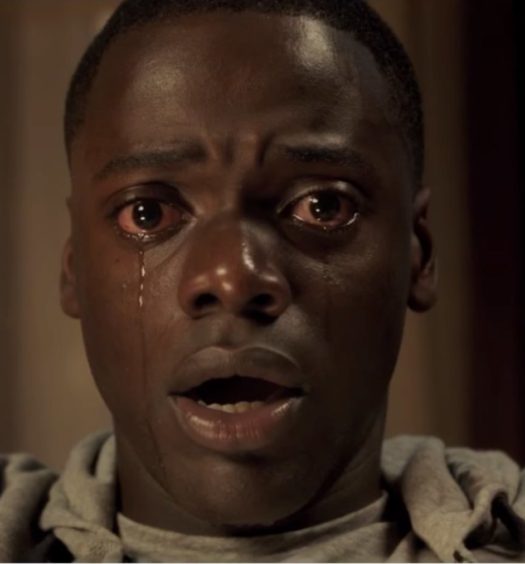There’s no question that horror is a genre that’s consistently overlooked and disparaged upon in a critical setting, especially during awards season. It’s rare that a horror film gets an Oscar nod, and even then, its horror credentials are perpetually in question. Take today’s fantastic streak of Oscar nominations for Jordan Peele’s Get Out and Guillermo del Toro’s The Shape of Water. There was an immediate gut reaction to embrace both as anything but horror. While I can certainly agree with both films not falling squarely in line with the zombies, slashers, and extreme gore features that proudly wave their horror flags, Get Out and The Shape of Water do exist in the peripherals of genre, both featuring monsters of very different ilk.
Its purpose is to elicit a physiological reaction through fear. But what strikes fear varies by individual.
In general, there’s a certain eagerness to categorize genre films that seems most apparent within the horror fandom. The more avant-garde or reality-based the approach, the quicker fans are to dismiss the film. Outside of our most recent Oscar examples, see also The Witch, It Follows, and even IT has had its horror come into question. Which begs the obvious question, why? Which then becomes, how do we know a horror movie when we see one?

While you’re debating if IT is horror, Pennywise is eating your kids
Horror, in film, aims to create dread, fear, panic, and general unease in its viewer. Its purpose is to elicit a physiological reaction through fear. But what strikes fear varies by individual. Some of the Modern Horror crew are deathly afraid of spiders. I tend to annoy them with invertebrate trivia in attempt to sway them toward Team Spider (it’s a futile battle). All of this to say that, superficially, we can accept that Jason Voorhees rising from the dead is horror because, even if we may not be afraid of him, we can wrap our heads around it counting as horror for someone else because of the supernatural elements at play. Even the gore elements will count, ergo slashers, because of the physiological response. When it becomes a lot less obvious just what the subject of fear is, though, it becomes a lot harder to categorize. Pennywise the Dancing Clown didn’t terrify everyone, and when the film spent its time (rightfully) getting you to love the Loser’s Club, well, then it just gets easier to dismiss entirely. With this comes the realization that expectations have creeped into horror’s classification.
Perhaps the biggest factor, though, is that no genre plays well with others like horror. So many sub-genres already exist, but then you can combine horror with period dramas, psychological thrillers, science fiction, action, comedy, westerns, and even romances. Horror’s reach is so wide and deep that it’s limitless; a concept that’s either exciting or terrifying depending on your viewpoint. Nowhere is this more evident than the indie landscape, where rising filmmakers are taking horror to bold new extremes. It also means it’s not always cut and dry where these films fall on the spectrum, especially if the filmmaker crafts their tales in ambiguous fashion.
For me, I embrace both Get Out and The Shape of Water as genre. Get Out does take root in psychological horror, yes. But it’s clearly communicating a deep-seated dread that builds into an explosive finale. It plays off of very real fears, even if not my own. Also, strip away aesthetics, and on paper you have a story about a guy who meets his girlfriend’s parents only to find a surgical body swapping terror lying in wait. As for The Shape of Water, Guillermo del Toro continues his thesis that it’s not the supernatural creatures that are the monsters, but humans. It’s elegantly woven into the fabric of a romance, but one that stemmed from Universal’s Creature of the Black Lagoon. No one argued that the movie was horror in 1954.
Horror’s reach is so wide and deep that it’s limitless; a concept that’s either exciting or terrifying depending on your viewpoint.
Whether you personally feel either one belongs in our genre is up for debate, especially when marketing further compounds confusion by using whatever means necessary to get butts in theater seats. The most important take away here, though, is that whether these films can be steadfastly counted as overt horror is less important than embracing them as existing within the genre, even if it’s only slightly. Del Toro has been a staunch supporter of horror and monsters, and having the Academy embrace his film about the Creature finally getting the girl is one step closer into changing widespread opinion that horror isn’t art. Same with Peele’s bold social commentary- nothing makes social fears more palatable than horror, after all.
The reality is that horror is a deeply personal thing. What scares me won’t be the same thing that scares you. Frankly, that makes discussing these movies all the more fun. But a horror film doesn’t have to scare you to warrant horror status, either. Horror is fluid and fluctuating, and more often than not thought-provoking (though I love dumb horror too). I’m of the mindset that anyone and everyone is invited to the horror party. Even if you want to stay only for a little while before moving on, that’s ok. There’s an instinct to close rank and protect that which we hold most dear, but I choose to protect it by allowing it to thrive and encourage growth.
This may be the first time that I can recall ever actually watching the Oscars, and I hope Get Out and The Shape of Water cleans house. I also hope this means we’re one step closer to more widespread acceptance that horror is far better than mainstream audiences have given it credit thus far. More importantly, I want to know; what is horror to you?
































